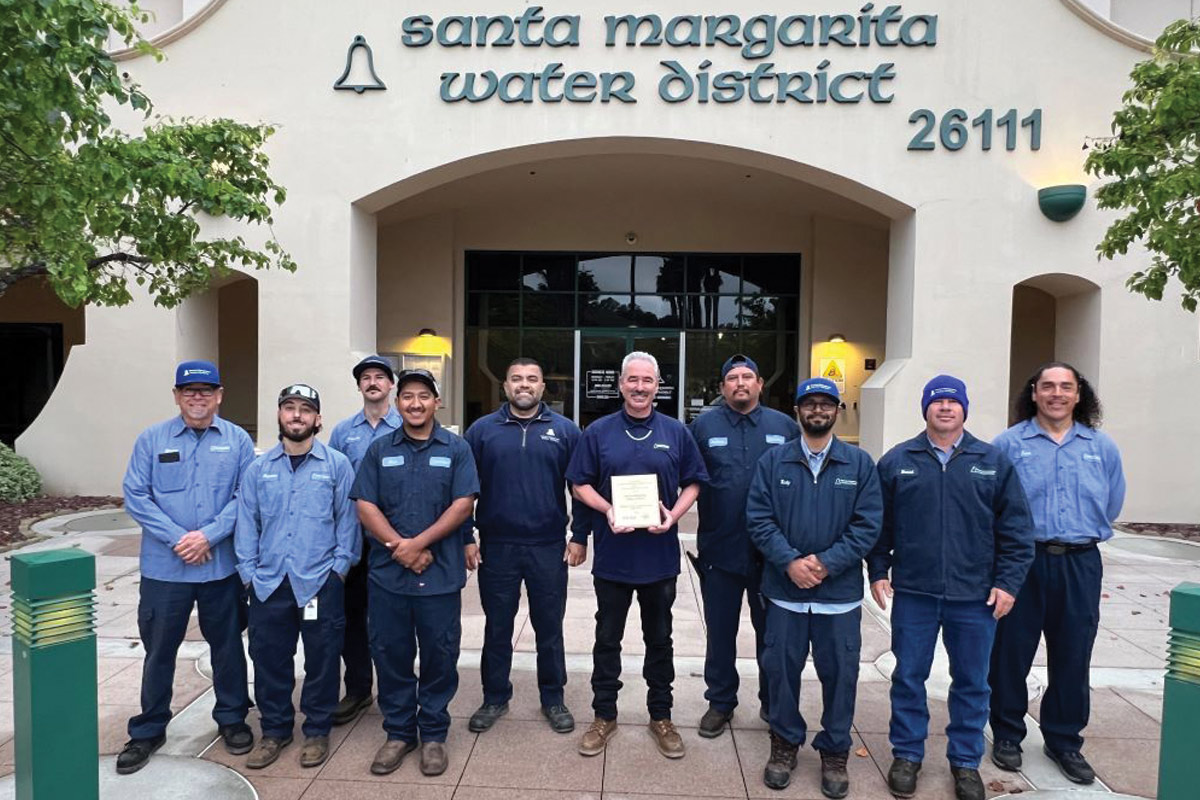
Navigating Obstacles for a Successful HDD Outcome
For the horizontal directional drilling (HDD) contractor, every project delivers a unique set of challenges. Obstacles abound both above and below the surface. Success requires an ability to balance the likelihood of the unexpected while coming in at a price that is likely to land the contract.
The size of the profit, and ultimately the long-term success of the contractor, is directly related to the skillful navigation of this equilibrium. A well-executed program results in an installation that satisfies the terms of the contract safely and efficiently, resulting in the lowest cost for the owner and a fair profit for the contractor.
Effective HDD project management requires juggling a great number of moving pieces — drilling rigs, mud pumps and recyclers, drill pipe, bits, reamers, and other downhole tooling, just to name a few (not to mention customer expectations, jobsite safety, personnel, and environmental issues). Choice of the HDD guidance system may seem far down the list in comparison. Yet it is the guidance system that ultimately dictates whether the installation is a success, and in the end, the size of the contractor’s profit.
Spartan Directional LLC, a Lafayette, Louisiana-based contractor specializing in long-distance HDD installations, understands this well. So, when Spartan was contracted by LLOX to install 6,700 ft of 3-in. steel pipeline on a tight schedule, the team knew what to do.
Choosing a Reliable Guidance System for a High-Stakes Installation
In August 2022, Spartan initiated the project to connect a recently drilled oil well to a tank farm near St. Charles, Louisiana. The well produces an oil/water mixture, which is pumped to the tank farm for separation. The separated water is then transported for disposal by tanker, while the oil and gas are sent downstream for processing.
Spartan performed the installation by drilling a 12 1/4-in. bore using an American Augers DD-440T, steered by the ParaTrack Gyro Guidance System. The profile called for a total length of 6,720 ft at a maximum depth of 30 ft with a 1,000-ft radius. A drill of this length as a single push approaches the limits of what is feasible for most contractors. Maintaining steering control and thrust at extended reach while keeping annular pressure below the fracture gradient would be challenging, to say the least. However, with 440,000 lbs of thrust and 60,000 ft-lbs of rotary torque, the American Augers maxi-rig was more than powerful enough for the job. Pressure was measured by a ParaTrack Pressure Module, giving the operator real-time annular and pipe pressure readings.
Obstacles along the right of way included a railway crossing, extensive wetlands, an existing gas line and an overhead power line. To further reduce the risk of an inadvertent return, weeper subs were used to minimize annular pressure and improve cutting circulation. The soft clay formation was jetted using a mixture of bentonite, HDD lube and clay breaker.

Accurate Guidance to Inform Drilling Without Impeding It
A powerful rig and a soft formation meant that drilling could proceed nearly as fast as the rod could be pushed into the ground. Yet drilling over a mile of hole within a narrow corridor would require an accurate guidance system that would not slow progress. Spartan used the ParaTrack Gyro, a fiber-optic gyroscopic HDD guidance system which delivers accuracy of 0.04 degrees azimuth, 0.02 degrees elevation, without the need for a tracking wire. Fully confident to drill ahead, the Spartan crew completed a maximum of 2,100 ft during a single shift.
Additional Verification of Safe Separation
At 5,600 ft measured depth, the bore passed under an existing 10-in. gas line owned by Williams. To ensure safe separation and eliminate the risk of a strike, Williams required the use of a secondary tracking system to verify the drill’s elevation as it passed under the gas line. That verification was provided by a ParaTrack Beacon on the surface. The Beacon is a compact tracking system that generates a powerful low-frequency cross-axis magnetic field measured by magnetometers in the Steering Tool. The surface position of the Beacon is measured by land survey. Modeling in RivCross Guidance Software compares the expected field to the measured field, providing a secondary check of drill position, independent of the Gyro survey calculation. The Beacon Tracker was detected at over 350 ft of range and confirmed that the drill would pass under the gas line with 23 ft of clearance.

Safe Navigation for a Successful Exit
With the gas line crossing safely navigated, the crew was able to drill the final 1,100 ft in just half a shift. Using a single Beacon checkpoint, the ParaTrack Gyro successfully guided the drill to an exit just a few feet off-line after 1 ¼ miles of drilling. Upon completion, the hole was swabbed, and the pipeline pulled in less than one shift requiring just three welds. In a testament to the effectiveness of the weeper subs, maximum pull force never exceeded the weight of the pipe and annular pressures remained low despite the extended length.
Completing this length drill as a single shot in under four days demonstrates both the evolving capabilities of HDD, as well as Spartan’s ability to execute complex installations quickly and safely.
Jed Sheckler is the director of marketing and operations at Vector Magnetics.




